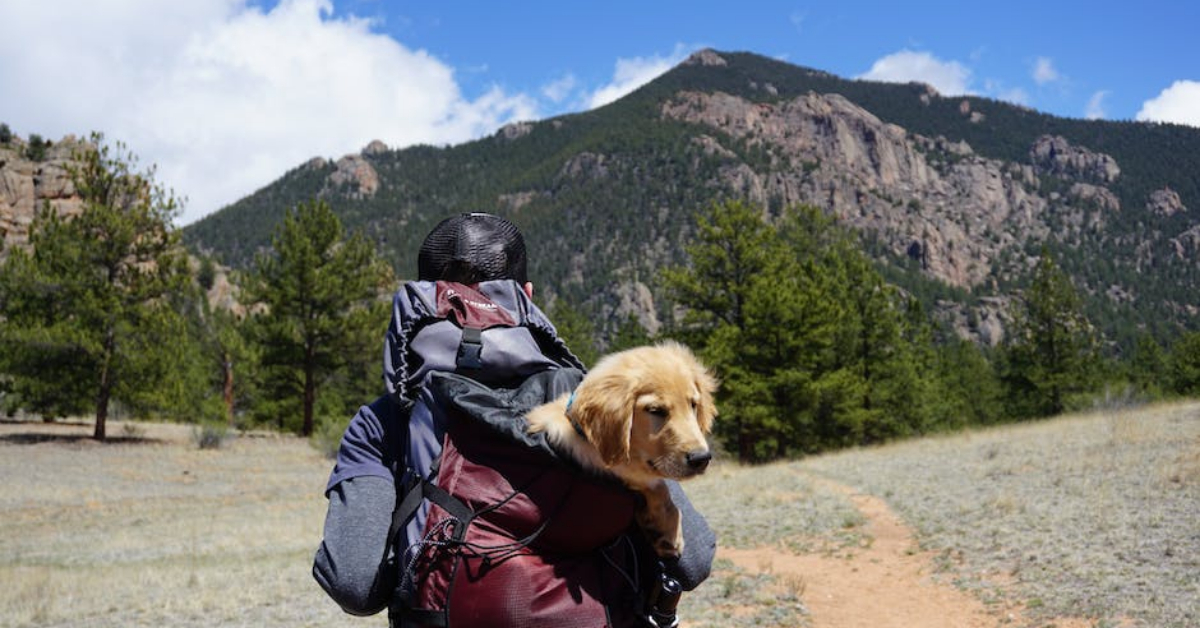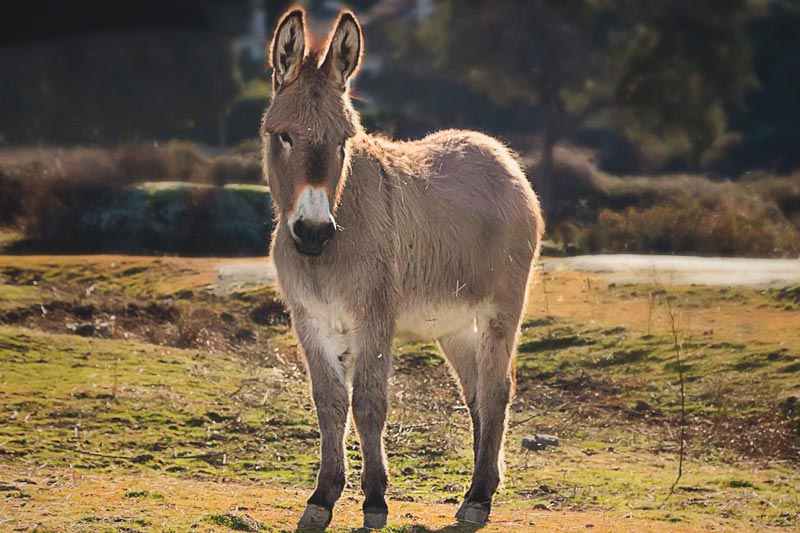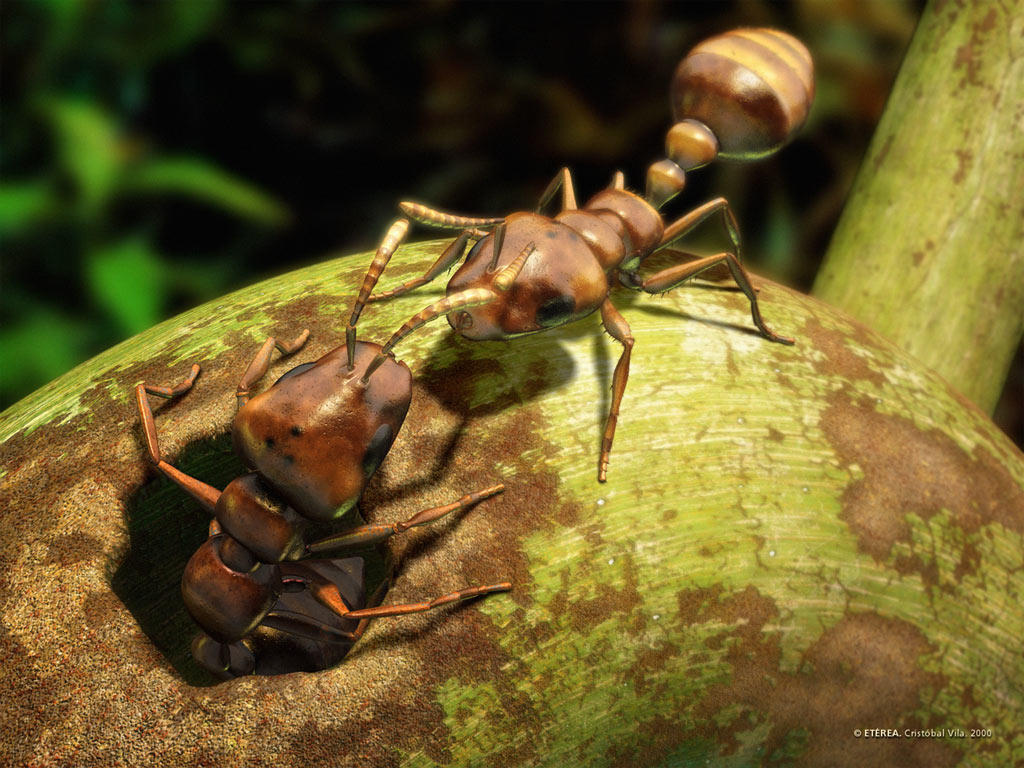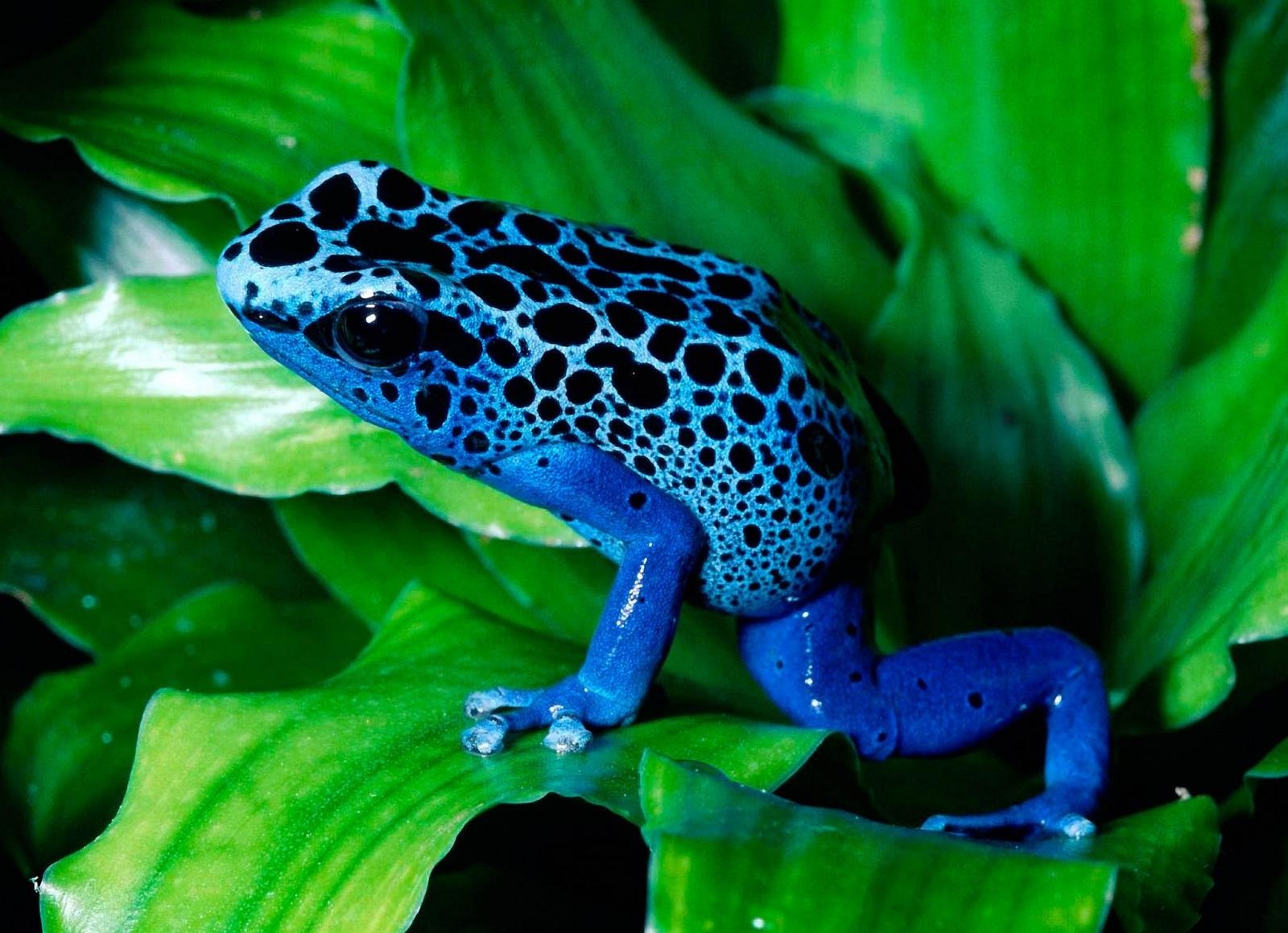
Valerie Jane Goodall Morris is a primatologist, ethologist, anthropologist and UN Messenger of Peace; but above all she is an exceptional person. You may know her from the famous video in which she appears with a chimpanzee named Wounda, who says goodbye to her with a touching and touching hug when she releases her.
The video went viral and traveled the world reaching deep inside anyone who saw it. And it is still swarming the Web. No wonder… If you missed it, here it is:
The kindness and gratitude of the animals is reflected in these images in an overwhelming and beautiful way. But, let’s get to know Jane Goodall a little better.
Jane was born in 1934 in London to a middle-class family. A toy in the shape of a chimpanzee awakened in her, since she was a child, her love for animals, but above all the immense love she feels for this particular species.
She studied at a secretarial school and, in 1957, moved to Africa, where she began working as a secretary on a farm in Kenya. It was in Kenya where he met Louis Leakey, who would mark his life. Louis hired her, initially as an assistant and later as an observer of a group of chimpanzees living in Tanzania.
Jane had no scientific training. However, it was always clear to Leakey that Jane’s great love and interest in animals, together with her intelligence, formed a perfect tandem that would take her far. And she wasn’t wrong… although Jane’s initial work in the scientific world was rather simpler, she has ended up offering the world a new way of looking at chimpanzees.
It is surprising to learn that, despite having no training in biology or any other science, he was able to go to Gombe Creek National Park to observe the behavior of the chimpanzees living there. This is perhaps where his passionate history with these animals begins.
Jane was born for this. Otherwise, it is difficult to explain how a person with no training or experience in the field is able to conclude that it was necessary to name each one of them, since they are animals with their own defined personalities.
It may seem logical. However, it is not so bad if we take into account that at that time other zoologists used numbers to identify the chimpanzees they studied.
At the time, it was subjected to harsh criticism from the industry. But time puts everything in its place and… today it is a common practice among ethologists working with this type of mammals.
But this was not Jane’s only discovery in her early years as an observer. She also discovered that chimpanzees hunt mammals and lead complex social lives and rely on family bonds throughout their lives, like humans, among many other extraordinary findings that allowed her to qualify for the PhD program in ethology at Cambridge University. Yes, without first holding a degree in biology.
Later, in recognition of her work and good work, Jane Goodall found herself with the support and backing of important institutions such as the Tanzanian government’s national parks system and National Geographic, among others.
Hard work and passion for what she was doing allowed her, in 1977, to see a dream come true: in that year Jane created the Jane Goodall Institute, to support research in Gombe and promote the defense and preservation of chimpanzees. His institute is now present in 19 countries.
Later, in 1991, Jane launched a program she called the Roots and Shoots Program, which she developed in Tanzania. A program aimed at young people concerned about social and environmental issues. Today, this project is still alive, so much so that it currently has more than 10,000 groups in a hundred nations.
Goodall is now more than 80 years old and still has plenty of energy that allows her to continue traveling around the world, fighting for animal rights, preserving the environment, and bringing us closer to the natural world.







